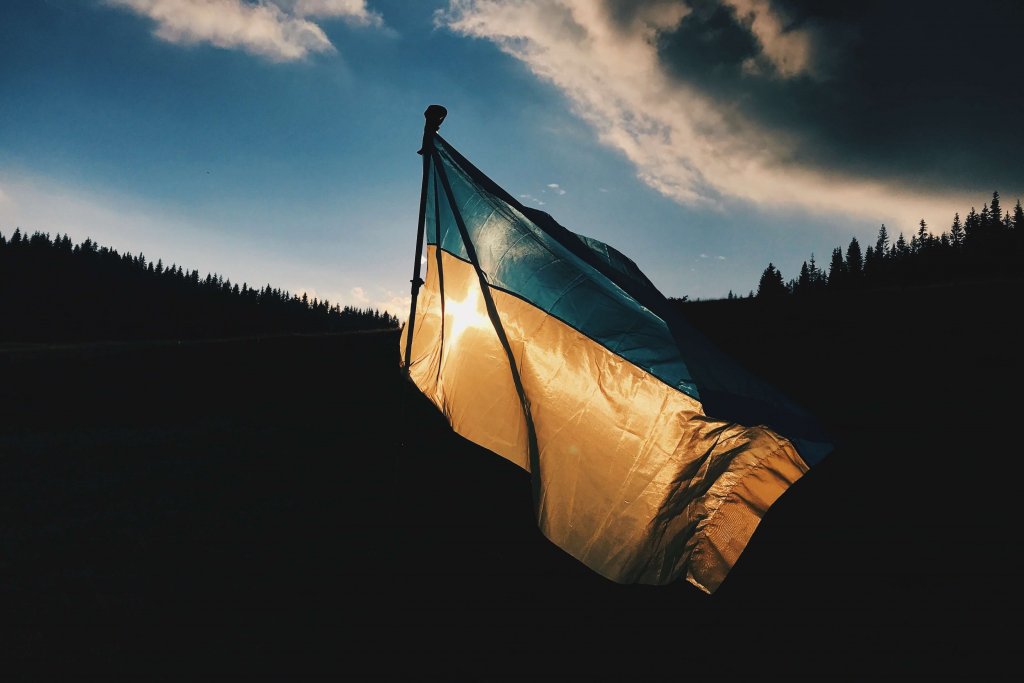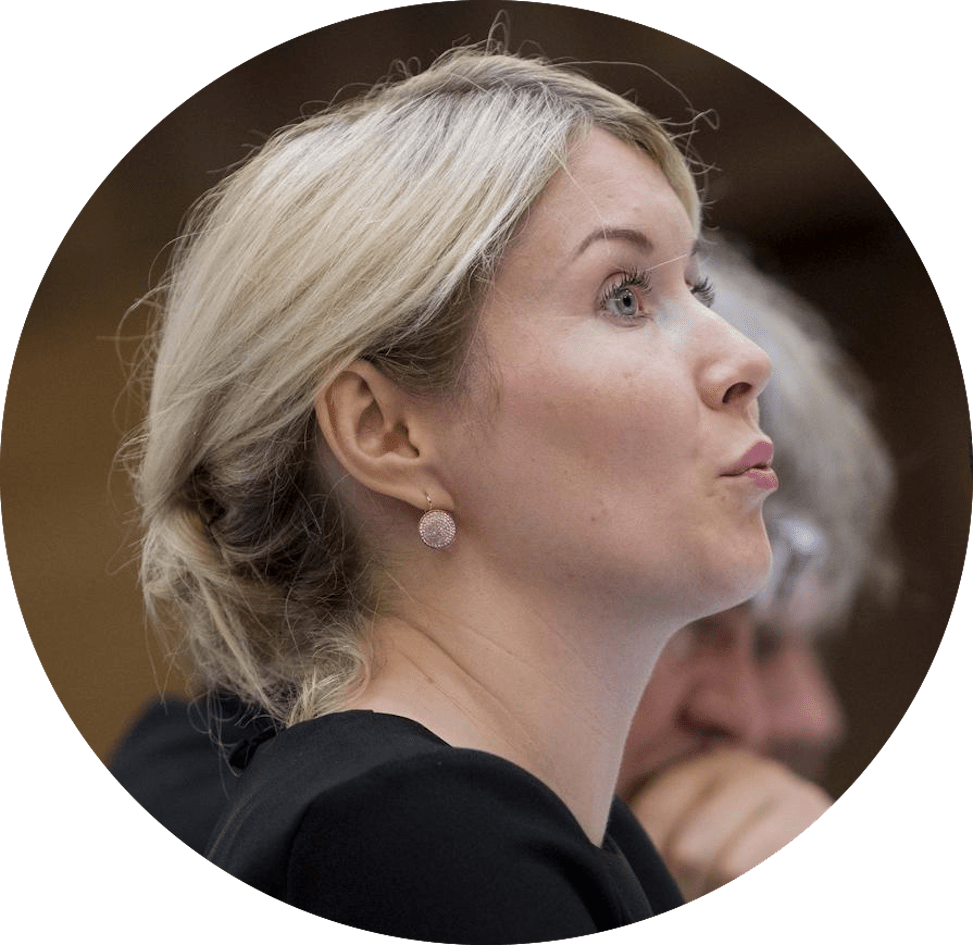
Six years after the annexation of Crimea by Russia and the onset of Russian-Ukrainian war in Donbas, the situation on the ground remains unchanged – there is still no solution on the horizon. Although the Minsk process did not result in any breakthrough, it remains in place as it is considered to be the only viable roadmap. The highest-level format of negotiations between Ukraine and Russia on the modalities of the settlement lies within the Normandy Format under the auspices of France and Germany. Its next summit was scheduled to take place in Berlin in April 2020 but was postponed due to the COVID-19 crisis.
The previous Normandy Summit conducted on December 9, 2019 in Paris was the first one held in over three years. The results of that Summit were met with a cautious optimism regarding the agreements between Ukraine and Russia on cementing the ceasefire, making progress on mine clearance, the opening of new crossing points, identifying new areas of disengagement, and exchanging prisoners.
Immediate security measures not fulfilled
The indisputably positive achievements of the Summit were the agreed immediate measures to stabilize the situation in the conflict area. Had they been implemented, they could have constituted a palpable progress. The communiqué stated that the parties agreed to a ceasefire, demining activities, the disengagement of forces and equipment by the end of March 2020 in three areas and the establishment of new crossing points along the line of contact. Also, importantly, a decision was taken about the release and exchange of prisoners based on the principle of “all for all”. The mandate of the OSCE Special Monitoring Mission to Ukraine (SMM) was broadened to allow the mission to operate on a 24/7 basis which is significant since it allows for the verification of the shelling that the Russia-supported separatists conduct usually during the night.
As of May 2020, there was some progress on the humanitarian track and an exchange of prisoners took place in April. But notwithstanding the decision about the need to conclude a lasting ceasefire, the shelling by the Russia-backed formations continues. Also, the OSCE notes that its monitoring mission’s freedom of movement is further restricted in areas not controlled by the Ukrainian government in a clear violation of the latest decisions.
Control over the border and the elections as an irreconcilable issue
In Paris, the parties also agreed on the measures to implement the political provisions of the Minsk agreements which continue to be the basis of the work of the Normandy format. It was agreed that the “Steinmeier formula” (providing for the special status of the currently occupied territories of Ukraine after the elections recognized just and fair by the OSCE) will be incorporated into the Ukrainian legislation. The Steinmeier formula was agreed upon in principle but its concrete essence is still far from being settled.
The most principled controversies were left out of the discussion. Presidents Putin and Zelenskyy admitted that the two most complicated questions are the local elections in the occupied territories and control over the Ukrainian-Russian border.
Zelenskyy stressed the need for Ukraine to restore control over the state border with Russia it currently does not command ahead of the elections in the occupied parts of Donetsk and Luhansk, as well as the need to withdraw all foreign forces and equipment from the occupied territories and to disarm the DPR/LPR forces. This is known as a “security first’ provision – a position Ukraine consistently sticks to. The logic is that no free and fair elections can be conducted if Russian forces do not withdraw and the separatists’ formations are not dissolved.
The rationale is obvious: Russia wants the local elections to be carried out while its army and proxies are still there.
The Russian president, in his turn, is convinced that local elections in the DPR/LPR should be staged before Ukraine gains access to its border. He refers to a clause in the Minsk agreement that was signed in 2015 under conditions that were disadvantageous for Ukraine. The rationale is obvious: Russia wants the local elections to be carried out while its army and proxies are still there. This will predetermine the results of the elections making them a replica of so-called ‘referendum’ in Crimea under the intimidating presence of the Russian military.
The Ukrainian side has also stated its‘red lines’ and ruled out the federalization of Ukraine, territorial concessions, or external powers having a say over Ukrainian foreign policy (namely regarding its EU and NATO aspirations). It also voiced an opinion that the Minsk agreement should not be seen as carved in stone and needs to reflect the new realities.
The Ukrainian president’s vision on the Donbas resolution
President Zelenskyy came to power on a platform of making peace in the east of the country which resonated well with the war-wearied society. While within the first year of his presidency Zelenskyy was successful in voicing the ‘red lines’ that Ukraine would never cross in its policies towards Donbas, the feeling has been that he has managed to uphold them under pressure, owing to the unwavering public attention to the issue, rather than due to the crystal clear vision of what Ukrainian interests are.
On the eve of the last Normandy Summit, there was much apprehension among Ukrainian society that the President might cross the country’s ‘red lines’ and make painful compromises, either due to his inexperience, his desire to deliver rapid results that can result in some lapses of judgment, or due to pressure by the Western partners who are visibly inclined to start a new chapter in their relations with Russia. The Ukrainians have been concerned with the fact that the whole Donbas resolution setting looks asymmetric (at the expense of Ukrainian statehood). They were, thus, worried that the principle of “security first, political solution second” could be undermined if Russia pushes Western partners (Germany and France) hard enough.
Even if the worst fears did not materialize, the messages from the presidential administration have been sometimes seriously contradictory. One cannot but notice that Zelenskyy habitually shies away from calling Russia an aggressor and speaks about the conflict in abstract terms. Also some preventable mistakes were made, like, for example, in March 2020 when the Ukrainian side succumbed (though later abandoned after negative public reaction and opposition even from MPs from the President’s own party) to the Russian proposal to create a consultative council within the Minsk contact group which would include both representatives from Ukraine and from the DPR/LPR entities as equal parties.
As of May 2020, the Ukrainian side is attempting to show its willingness to reinvigorate the peace talks by upgrading the work of the Trilateral contact group within the Minsk format with the participation of Ukraine, Russia and the OSCE. In fact, in early May 2020, it upgraded its representation in the group to the level of deputy ministers and heads of parliamentary committees, expressing the hope that Russia would reciprocate.
An audit of the positions made: where to next?
The 2019 Normandy Summit was apparently important for bringing the Donbas issue to the top of the international agenda. The negotiations seemingly intended to make the audit of the current state of art in the Normandy format, especially noting that this was the first meeting in this format for President Macron and President Zelenskyy, as well as the first personal meeting for Putin and Zelenskyy.
Nevertheless, the initially moderate optimism after the Paris Summit did not last long. As mentioned above, the ceasefire agreed upon in Paris did not materialize, much like the more than 20 ceasefires agreements over the course of the last six years. There was neither much progress on the agreed upon immediate security measures nor on the political ones.
Commonly referred to as a ‘conflict in Donbas’ in the international diplomatic jargon or even misleadingly as the ‘crisis in Ukraine’, the conflict is nothing less than a war that Russia wages against Ukraine through its proxies. There are no indications that the Kremlin’s strategic calculus towards Ukraine and the Donbas has undergone any changes to allow for any advancement in the negotiations.
The détente between Russia and Ukraine is a long way off, in spite of the exchanges of prisoners between the two countries. Neither the return of the Ukrainian ships detained by Russia during the Azov sea incident in November 2018 signals Moscow’s intention to become more willing to compromise on strategic issues. So far, regrettably, it would be delusional to hope that a “sustainable and comprehensive architecture of trust and security in Europe” – a starting clause of the final communiqué of the latest Normandy format meeting – is anywhere close to fruition.
_______________________________________________________________________________________________

Maryna Vorotnyuk is a researcher at the Foreign Policy Council “Ukrainian Prism” in Kyiv and Central European University in Budapest
To cite this work: Maryna Vorotnyuk, “The Donbas Conflict Is Not Closer To Resolution Despite The Paris Summit’s Initial Promise”, Panorama, Online Publication, 28 May 2020, https://www.uikpanorama.com/blog/2020/05/28/the-donbas-conflict-is-not-closer-to-resolution-despite-the-paris-summits-initial-promise/
Copyright@UIKPanorama.All on-line and print rights reserved. Opinions expressed in this work belongs to the author(s) alone, and do not imply endorsement by the IRCT, the Editorial Board or the editors of the Panorama.



